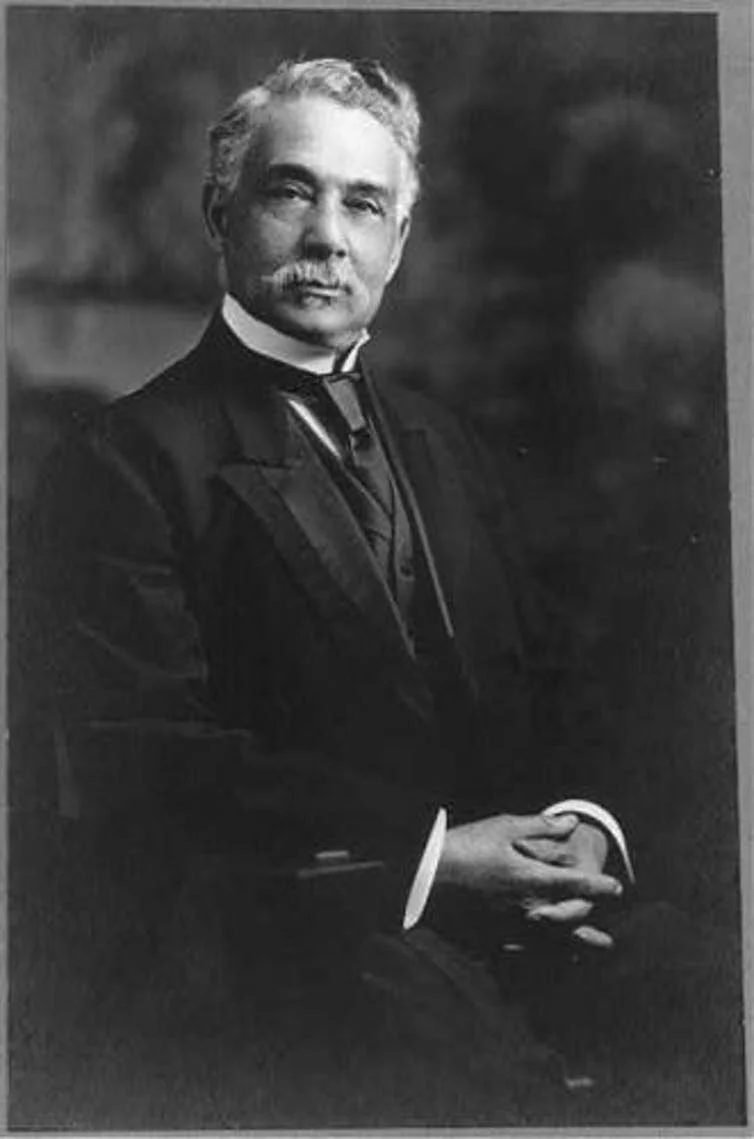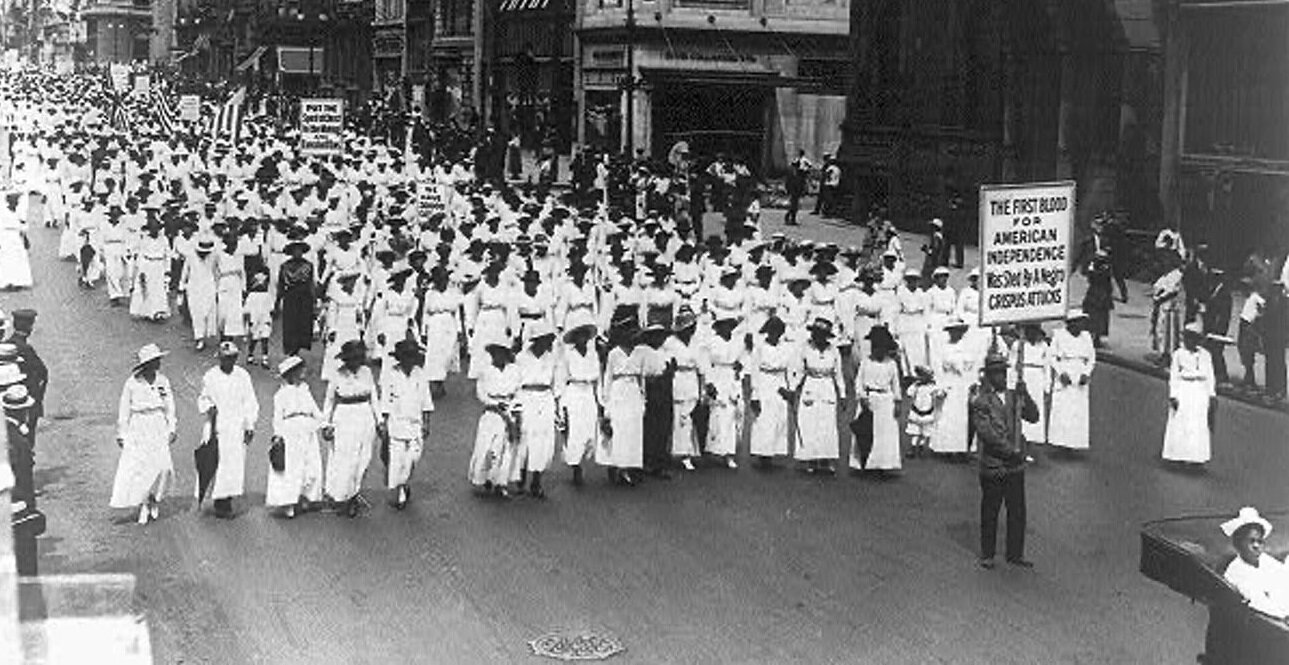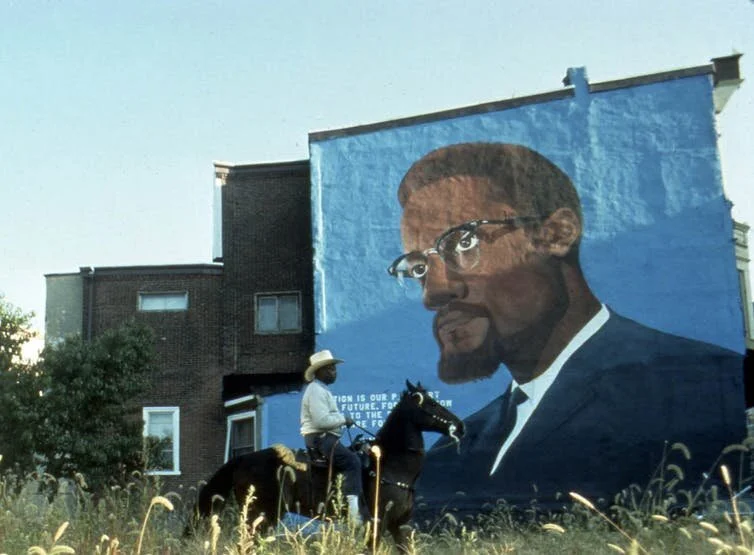How the Black Middle Class Was Attacked by Woodrow Wilson’s Administration
/Woodrow Wilson’s cabinet. Library of Congress.
Update June 28, 2020: In 2015 Princeton University examined the racial attitudes and presidential actions of US President Woodrow Wilson and his white supremacists cabinet. This article gives readers background on just how far President Wilson moved to undo black progress in the federal government.
Princeton took no formal action against Woodrow Wilson’s legacy in 2016, after student sit-ins in Nov. 2015, but to try and create a wider platform of conversation for dissenting views. That ambiguity ended this weekend, when Princeton University announced that it will remove Woodrow Wilson’s name from its public policy school and one of its residential colleges.
In a formal statement posted at Princeton University, The Board of Trustees concludes that Wilson’s racist views and policies make him an inappropriate namesake for the School of Public and International Affairs and residential college
By Eric S. Yelin, Associate Professor of History and American Studies, University of Richmond. First Published on The Conversation. Original Article Updated Feb. 18, 2018
When Woodrow Wilson arrived in the nation’s capital in March 1913, he brought with him an administration loaded with white supremacists. Wilson’s lieutenants segregated offices, harassed black workers and removed black politicians from political appointments held by black men for more than a generation.
Racism had always been a part of life in Washington and its government buildings, but the U.S. civil service had never been formally segregated prior to Wilson’s inauguration.
More than a century later, Wilson’s racist legacy was called out by protesting students at Princeton University.
In response, in November 2015 the university agreed to examine the past of the former university president whose name graces both a residential college and a graduate school. In April 2016 the university’s trustees officially recommended that the buildings’ name not be changed but that Princeton make “an expanded and more vigorous commitment to diversity and inclusion” and that “the University also …be ‘honest and forthcoming about its history’ and transparent ‘in recognizing Wilson’s failings and shortcomings.’”
Even though the students’ protests have made Woodrow Wilson a hot topic today, the issues raised by Wilson’s legacy are much bigger than the man himself.
More than one man’s prejudice
After the Civil War, thousands of African Americans took the national civil service examination and pulled political strings to land good jobs with decent pay in federal offices. That route to social mobility for educated and hard-working black Americans was closed off by the time Wilson convinced Americans to fight for democracy in World War I.
Historians do not dispute that Wilson was a racist whose administration segregated the federal government, but many biographers treat Wilson’s racial views as an unfortunate aberration from the otherwise noble aims of this progressive leader.
It is possible to reckon with the meaning of Wilson’s racism without simply attacking Wilson or his progressive policies.
As I have argued before Wilson’s personal racism tends to distract us from a bigger story about the changing place of race in American life and politics.
Wilson’s administration saw not just the end of a few careers of black Republicans and its impact was not merely the result of one man’s prejudice.
Instead, in its attack on a nationally known and symbolic black middle class, “federal segregation” signaled the U.S. government’s support for a national racial regime in which African Americans were not only politically disfranchised but also professionally and economically hobbled.
Wilson’s policies halted growth of black middle class in DC
James Carroll Napier. Blackpast.org.
Black men and women who worked in Washington, DC, at the turn of the 20th century were functional members of the national government doing the nation’s business. Their numbers grew steadily well into the new century, as I have detailed in my book, Racism in the Nation’s Service. In 1912, every dollar printed by the Bureau of Engraving and Printing bore the signature of James C. Napier, a black man who served as Register of the Treasury.
Black men also served as auditor of the Navy Department, U.S. Consul in Cognac, France, and Collector of the Port of New York. More than 400 African Americans, mostly men, worked as white-collar clerks in Washington, some in supervisory positions over white workers. The politically savvy, educated, and reasonably well-off black population in the capital represented the highest ideal of progress for African Americans.
The decent salaries of government clerks supported a full and dynamic life in a capital city with comparatively little racial discrimination. Washington was an island of possibility for ambitious black men and women at a time when racism cordoned them off from most of the economy and set ceilings on the jobs they could get.
Never free of racism or hardship, DC and its federal offices offered nonetheless a promising future for African Americans in a nation in which disfranchisement, peonage, violence, and terror were becoming the hallmarks of black life.
Egalitarianism in Washington was becoming more difficult as Theodore Roosevelt began his second administration in 1905. White Republicans had begun to acknowledge the disconnect between the southern electorate, by then almost entirely white and Democratic, and the national prominence of black Republicans from the South. As a result, the party establishment permitted and even justified black disfranchisement in southern politics, especially during William Howard Taft’s presidency.
Under Taft, the patronage network that had protected and promoted black clerks began to break down. Calls for reform and economizing within the administration seemed to fall hardest on black employees.
In the Bureau of Engraving and Printing, for example, administrators froze the wages of female employees, a large portion of whom were African American. Even those with the very best Republican connections found it harder to maneuver.
‘Reclaiming’ the capital for white supremacists
Yet, when the 1912 elections handed Democrats executive and legislative control over Washington, many administrators and congressmen arrived with a more specific goal of redeeming the capital for white supremacy.
“Long ago we determined that the Negro never should be our master,” explained one of Wilson’s administrators, Assistant Secretary of the Treasury John Skelton Williams. Williams vowed “stern, final, definite prohibition” of any “social or political equality.”
Wilson appointed white men to important executive positions usually held by leading black politicians, and racist bureaucrats went out of their way to humiliate, demote, and dismiss ordinary black clerks. (I describe the case of one such clerk here.)
It was the end of Washington’s heyday as the center of elite black America; the nation’s capital now stood for a nationwide ethic of white supremacy.
The changes that occurred under the Wilson Administration drew not just from a belief in black inferiority but also the presumption that “racial mixing” caused corruption in American institutions. African Americans needed to be kept down because they were troublesome to the proper functioning of American society.
Equality and efficiency for white Americans was predicated upon racial segregation.
“We are all practical men,” Wilson told the civil rights pioneer William Monroe Trotter in a significant meeting in 1914. “We know that there is a point at which there is apt to be friction, and that is in the intercourse between the two races.” Removing such friction, argued progressives like Wilson, enhanced American democracy.
Silent protest parade in New York against the East St. Louis riots, 1917. Library of Congress
Wilsonians erased, at least from white minds, 50 years of black accomplishments in Washington, and in doing so, managed to provide the justification for progressive racism for decades to come.
Even when Republicans returned to power in 1921, administrators continued to explain away discrimination under the mantle of “good government” and administrative necessity.
Wilson: ‘Good’ government is ‘white’ government
State power, government reform, and white supremacy combined to ensure that segregation meant more than separation: It meant that African Americans would be denied the social mobility progressives hoped to underwrite for white Americans.
“We must strip this thing of sentiment and look at the facts,” Wilson had demanded. These were facts that, in the eyes of the white majority, required the separation of African Americans not just from their neighborhoods but from the levers of American political and economic power.
African Americans resisted and protested against federal discrimination, but they could not overcome Wilsonians’ powerful belief that “good government” was “white government,” a belief that infused American politics with doubts about the legitimacy of black voters and politicians that persist today.

































